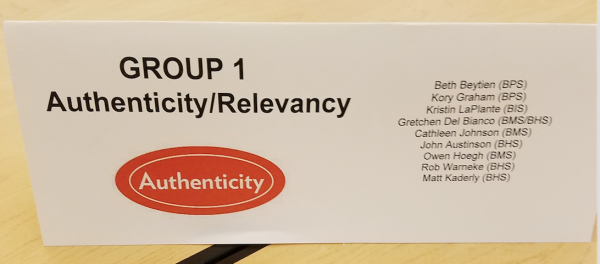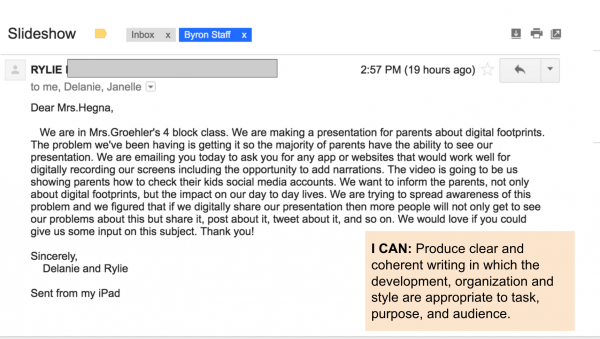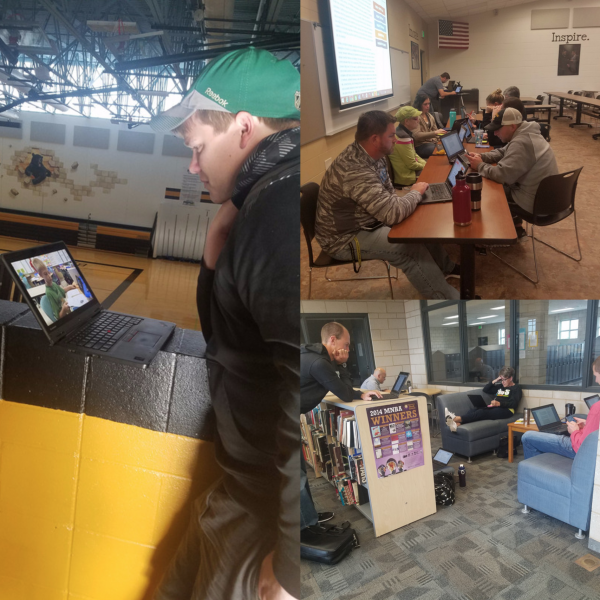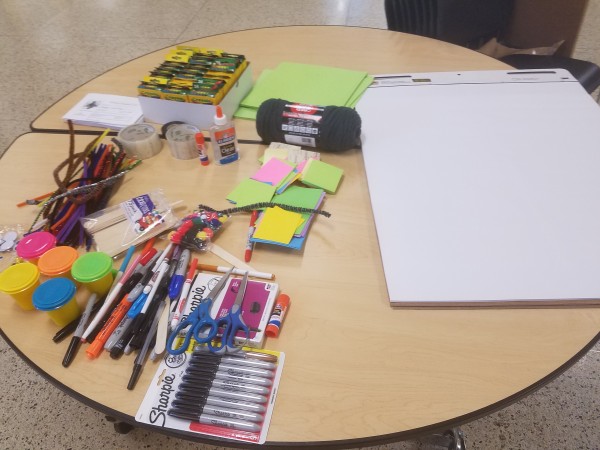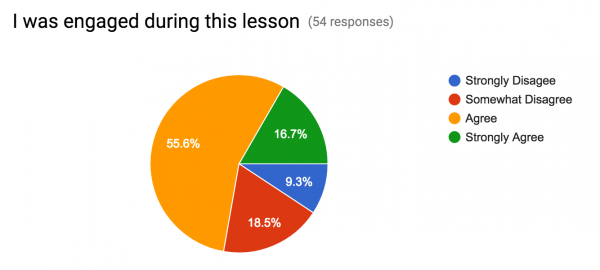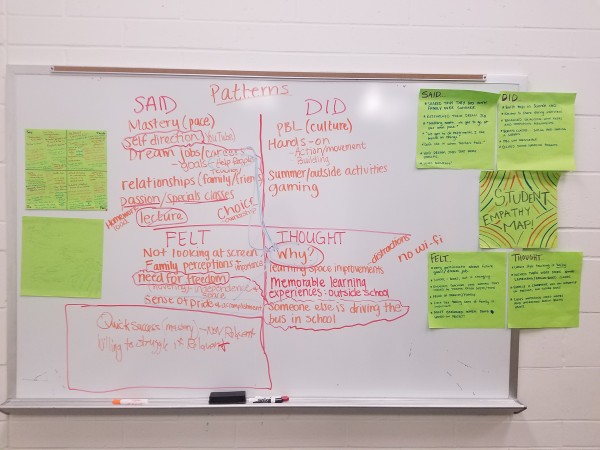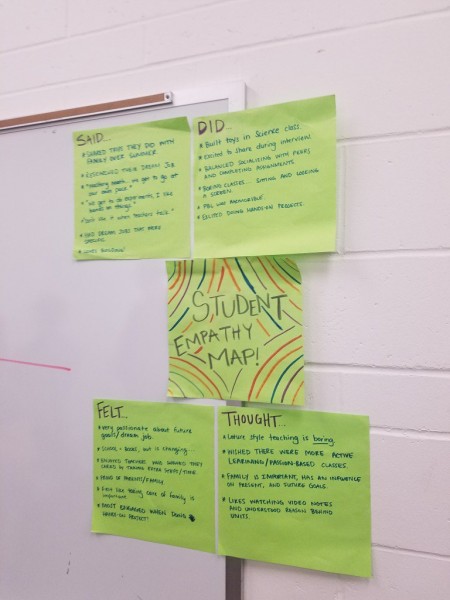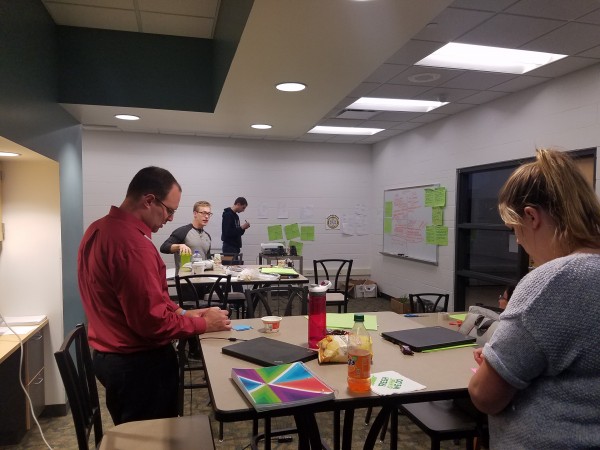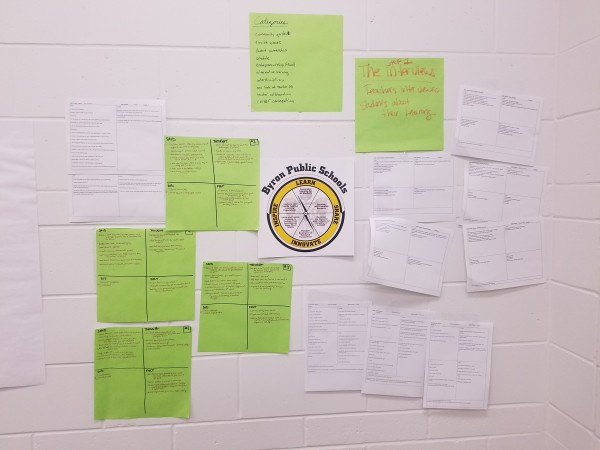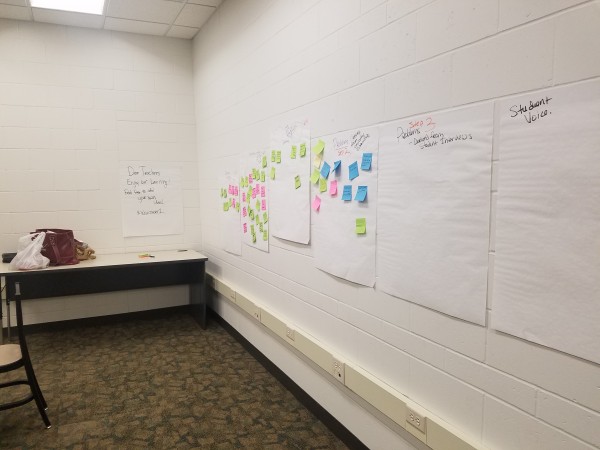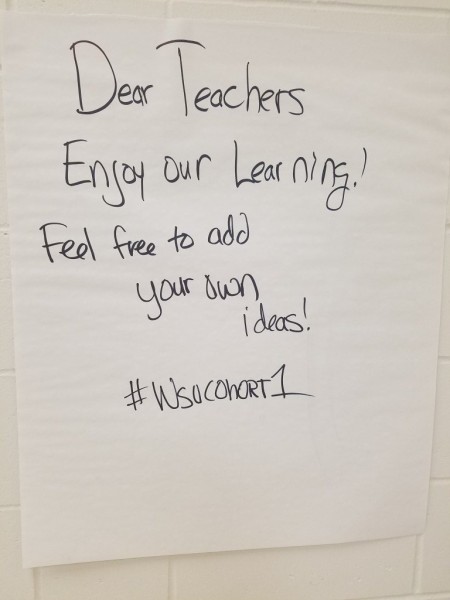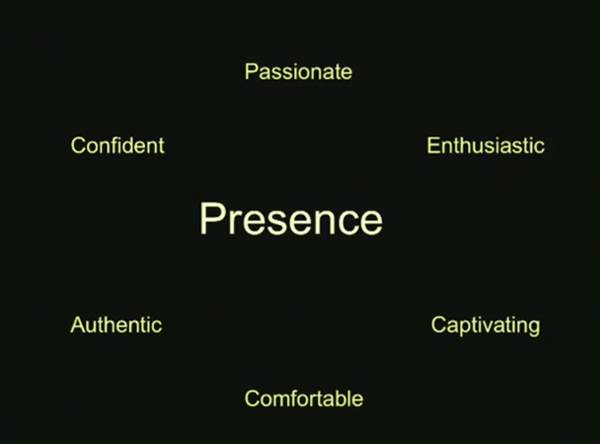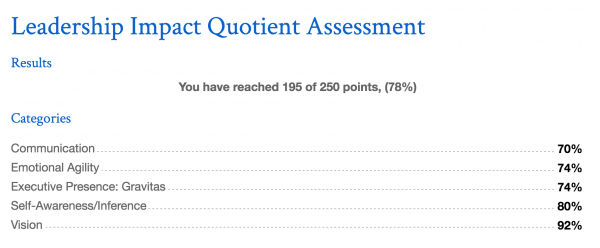This post was originally published to MASA Leaders Forum Spring Newsletter (PDF). Since the original posting, I have also included artifacts of the learning experience. Enjoy!
As you look at 1:1 student device implementation plans across MN, equitable access to technology is usually a driving goal. It’s important. If our kids do not have access to technology (with high-speed bandwidth) we cannot provide the visionary education of our future. However, getting devices into the hands of our students is only one piece of the puzzle. Michael Fullan is quoted as saying, “Pedagogy is the driver, technology is the accelerator”. If we are truly going to get the most bang, for all of our tech spending bucks, we must continue to focus on learning and how technology can support, accelerate and amplify it.
We know that classrooms that solely rely on didactic teaching (one size fits all – I lecture you listen) does not work for all kids. Simply digitizing these classrooms will not improve results either. While putting content online may provide 24-7 access – if students are still only left to memorize or regurgitate the facts from videos/resources, learning will have very little chance of being deep and lasting.
Student-centered instructional design is a great avenue for learning today with today’s tools. Below are examples of pedagogical best practices that support learner-centered instruction.
- Clear learning goals
- Student choice and voice
- Assessment of, for, as learning
- Feedback – student:student, teacher:student, student:teacher
- Collaborative learning groups
- Active/authentic learning
- Metacognition
I have had the opportunity to observe many powerful learning experiences, designed by educators, who continue to drive innovation to engage students and deepen learning. One such story comes to mind from this past fall.
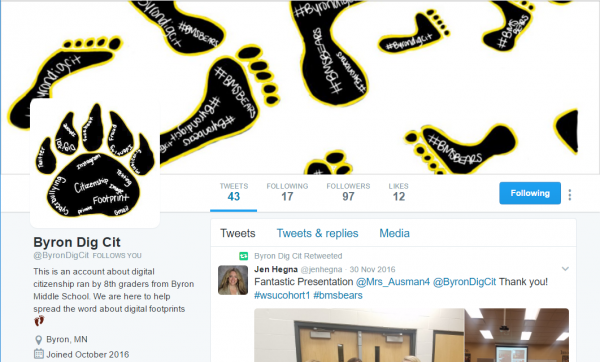
Twitter profile @ByronDigCit managed by 8th grade students
In 8th grade, ELA teachers @JanelleGroehler and @Mrs_Ausman4 asked their students “How can we, as 8th graders, educate our community on the importance of a positive digital footprint?” In collaborative groups, the students selected target audiences and presented their project ideas to a team (teachers, principal, and other students) for feedback. Once they received the green light, students began working on their project and would conference with their teachers on a bi-weekly basis to receive formative feedback on their projects as well as to check for understanding of lesson outcomes. All projects would come to life during Digital Citizenship Week in October. All students were required to research and then advocate for positive footprint for a variety of audiences. Some students presented to elementary students; others presented to high school or middle school students. One team presented to district parents and another presented to staff. The social media team created accounts on Facebook, Instagram, and Twitter to share their message and share the work of their fellow students. Other collaborative projects included a game called “Byron Go” with a digital citizenship theme, the development of an online video game, newsletters to email, creating a coloring book with a story and original artwork for elementary students, and posting public service announcements via Youtube, etc. The culminating event was a project by several student groups that created a school wide retreat with digital footprint theme-based activities for their peers. (ex 1, 2, 3, 4, 5)
After the project was complete, students posted their learning artifacts to their ePortfolios and were provided prompts to reflect on their learning. After observing the work of our students, I believe many of our kids already have resume ready artifacts and experiences as 8th graders! Imagine if these students were able to continue to build upon and master these skills over the next 4-5 years?
While there are were numerous ELA standards embedded and assessed in this project – how well do you think students met the following essential learning outcome? I can produce clear and coherent writing in which the development, organization, and style are appropriate to task, purpose, and audience. It will be important, as with any innovation, that we don’t get so caught up in the excitement of the innovation, that we forget to assess the learning target(s) we set out to teach our students.
As I reflect on this project, pedagogy clearly was the driver. Educators were able to take their standards and make them come to life for their students. I observed very high student engagement, especially during the Digital Citizenship Week, when all of the work of our students came to fruition. Why? Because their work mattered. Not just to their teachers or classmates but to their local and digital communities.
So what about technology? In what ways did technology accelerate or amplify student learning? If you were to remove technology from this project, would it have had the same success? If this project would have been more didactic aka lecture, listen, worksheet, test would it have had the same lasting results? I will let you come to your own conclusions.
Don’t get me wrong. I still believe there is a place for lectures, there is a place for worksheets (not packet after packet!), and there are ways to design INCREDIBLE active learning experiences that require no technology at all. We cannot dismiss the powerful face to face learning strategies that still work today, but we also cannot ignore the opportunities that technology brings to learning either. It’s about balance and trying to unlock the art and science of today’s teaching and learning!
One final thought – It’s important to also reflect on the culture of the classroom, school, and district that allowed this powerful learning experience to happen. As with any innovation, there is a degree of risk and uncertainty. What if this fails? Well, what if it doesn’t? Even if it does fail, what does revision 2, 3, 4 look like for our students? Within a culture of learning and innovation, there must be a high degree of trust and transparency between administrators, teachers, and students. No matter what role we have in education, we must continue to support and foster a culture that allows powerful learning experiences for our students to happen.
 An activity we are working on right now – is a jigsaw of the book
An activity we are working on right now – is a jigsaw of the book 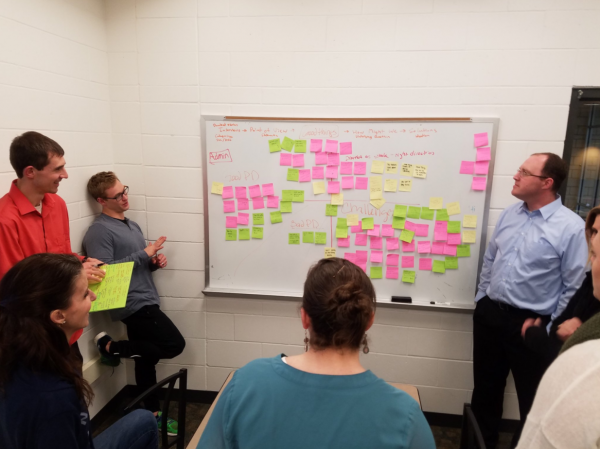




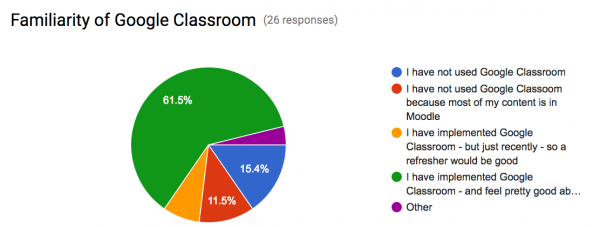
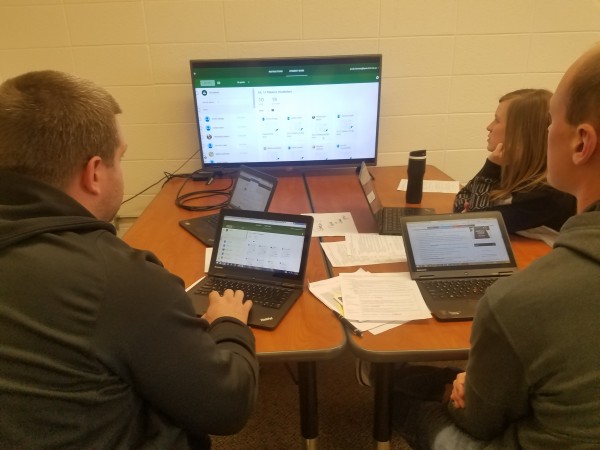 How did it go?
How did it go?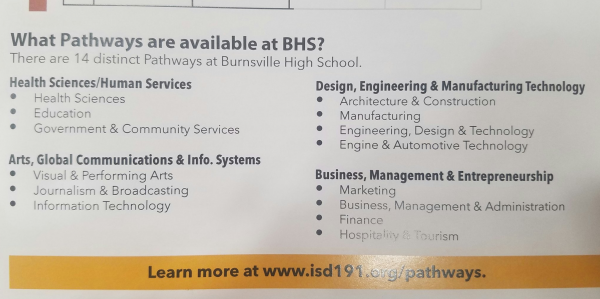

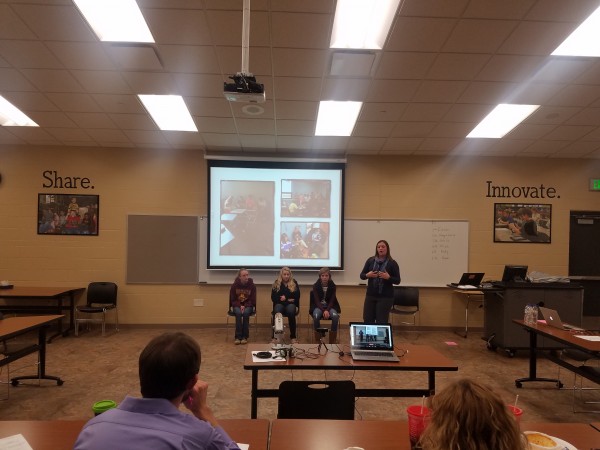
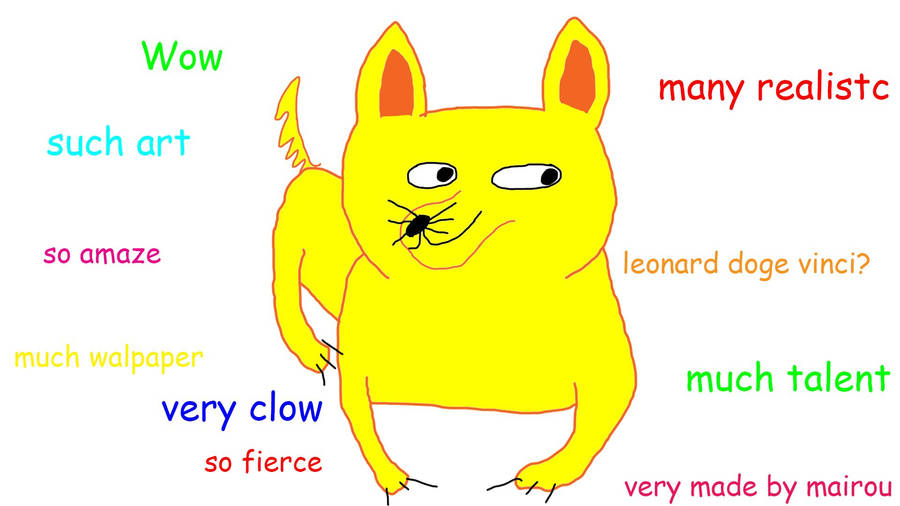 gress report templates done before day 1. While there are due dates there still is quite a bit of flexibility for students to do as much or as little as they want, and revise accordingly. (my students love this kind of flexibility) There are flaws to this. #1 being how do you fix problems of the course, while in the course live and your students are all over the place within the content? The added online component also makes it difficult to revise in a completely open course.
gress report templates done before day 1. While there are due dates there still is quite a bit of flexibility for students to do as much or as little as they want, and revise accordingly. (my students love this kind of flexibility) There are flaws to this. #1 being how do you fix problems of the course, while in the course live and your students are all over the place within the content? The added online component also makes it difficult to revise in a completely open course.

